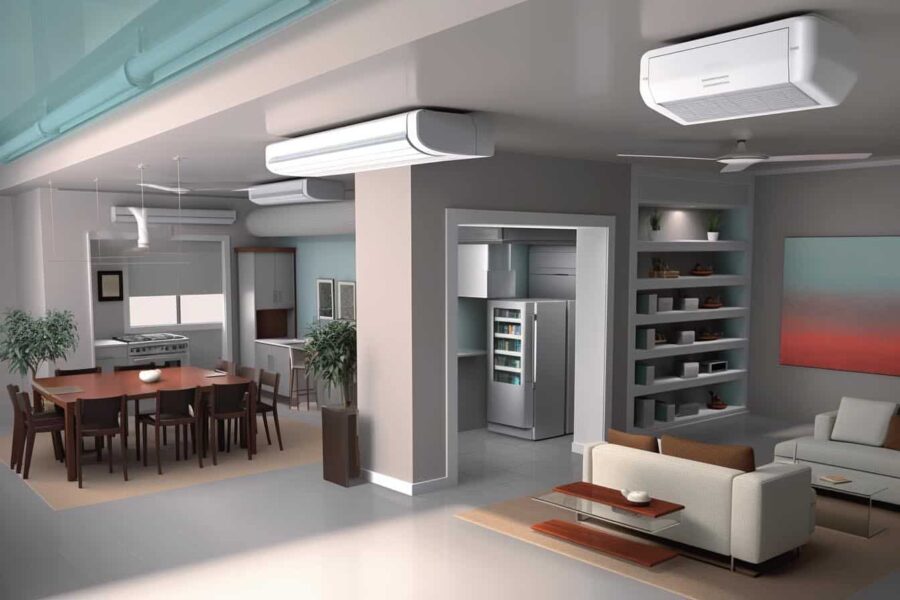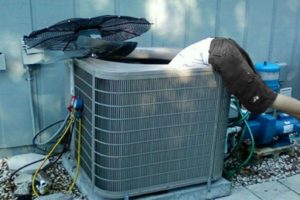Suppose you’re considering installing a mini split system in your home. In that case, one of the most important things to consider is how many units you’ll need. Sizing your mini split system correctly is crucial for ensuring efficient and effective heating and cooling and maximizing your system’s lifespan. In this post, we’ll take a look at the factors that determine how many mini splits you need, and provide some guidance to help you make the right decision for your home.
Understanding Mini Split Sizing
Mini splits are designed to provide zoned heating and cooling, meaning you can heat or cool specific areas of your home rather than the entire space. This is achieved through the use of individual indoor units that are connected to a single outdoor unit. Each indoor unit is rated for a specific cooling and heating capacity, measured in BTUs (British Thermal Units) per hour. The total BTU capacity of your system’s indoor units should match the outdoor unit’s capacity.
To determine how many indoor units you need, you’ll need to consider a few key factors:
- The size of the area you want to heat or cool
- The climate in your area
- The insulation and construction of your home
- The number of people in your household
Calculating Mini Split Size Requirements
You’ll need to use a heat load calculation to calculate the size of your mini split system. This involves determining the heating and cooling requirements for each room or area in your home based on the factors listed above. You can use an online calculator or consult with a professional HVAC contractor to perform this calculation.
Once you have determined the BTU requirements for each area, you can choose the appropriate indoor units for each space. Mini splits come in a range of sizes, from 9,000 to 36,000 BTUs. In general, a smaller unit will be more efficient and cost-effective for a smaller space, while larger units are better suited for larger areas or areas with higher heating and cooling requirements.
Other Factors to Consider
In addition to the factors listed above, there are a few other things to keep in mind when sizing your mini split system:
- Consider future needs: If you’re planning on remodeling or adding onto your home in the future, you may want to size your system to accommodate these changes.
- Optimize for efficiency: Installing the right number of indoor units in the right places can help optimize the efficiency of your system and save you money on your energy bills.
- Budget considerations: Mini splits can be a significant investment, so balancing your desired indoor comfort with your budget is important.
Conclusion
Determining how many mini splits you need for your home requires careful consideration of a number of factors, including the size of the space, climate, insulation, and construction of your home, and the number of people in your household. By considering these factors and performing a heat load calculation, you can ensure that your mini split system is sized correctly and provides efficient and effective heating and cooling for your home. Consult a professional HVAC contractor to ensure your mini split system is installed correctly and optimized for your specific needs.










Leave a Reply
Your email is safe with us.